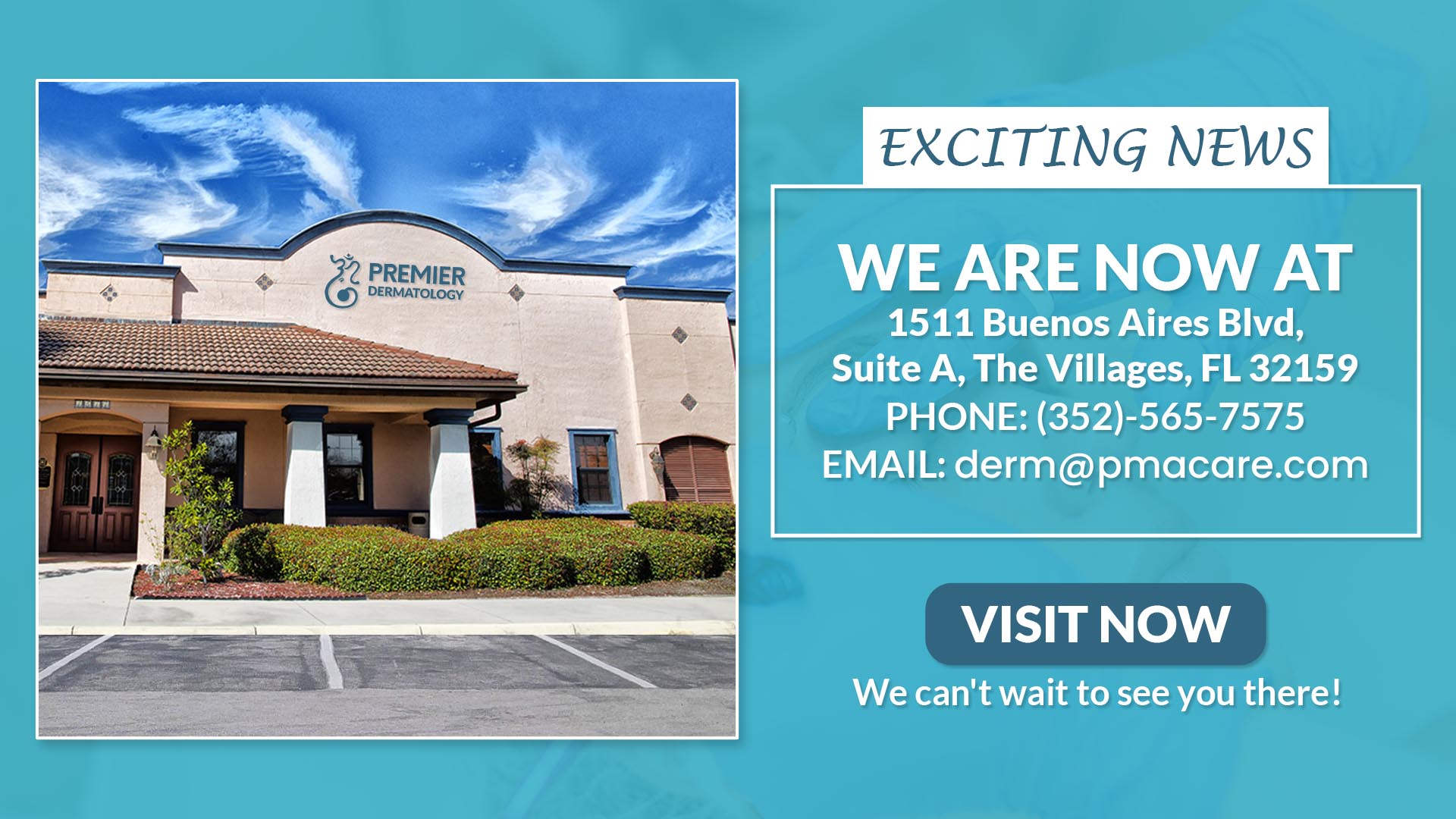Skin infections occur when bacteria, viruses, fungi, or parasites invade the skin and cause inflammation, irritation, or other symptoms. These infections can range from mild and superficial to severe and life-threatening if left untreated. Understanding the causes, types, and treatments of skin infections is essential for effective management and prevention. This guide provides a comprehensive overview of common skin infections, their symptoms, and how to treat them.
What Are Skin Infections?
Skin infections are conditions where harmful microorganisms penetrate the skin’s protective barrier. Depending on the type of microorganism involved, skin infections are classified into four main categories:
- Bacterial Infections
- Viral Infections
- Fungal Infections
- Parasitic Infections
Each type has distinct characteristics and requires specific treatments.
Causes of Skin Infections
The causes of skin infections vary depending on the organism responsible:
- Bacteria: Enter through cuts, wounds, or breaks in the skin.
- Viruses: Spread through direct contact with infected individuals or contaminated surfaces.
- Fungi: Thrive in warm, moist environments like skin folds.
- Parasites: Transmitted through close contact with infected individuals or contaminated objects.
Risk factors include poor hygiene, weakened immune systems, chronic illnesses (e.g., diabetes), excessive sweating, and environmental exposure to pathogens.
Common Types of Skin Infections
1. Bacterial Skin Infections
Bacterial infections are caused by bacteria such as Staphylococcus aureus or Streptococcus pyogenes. Common bacterial infections include:
a. Impetigo
- A highly contagious infection that causes red sores that burst and form honey-colored crusts.
- Common in children and often occurs around the nose and mouth.
- Treated with topical or oral antibiotics.
b. Cellulitis
- A deeper bacterial infection causing redness, swelling, warmth, and pain.
- Often affects the legs but can occur anywhere on the body.
- Requires oral or intravenous antibiotics for treatment.
c. Folliculitis
- Infection of hair follicles resulting in red bumps or pustules.
- Caused by shaving, friction from clothing, or hot tubs.
- Treated with antibacterial washes or topical antibiotics.
d. Boils (Furuncles)
- Painful lumps filled with pus that develop around hair follicles.
- Larger boils may require drainage by a healthcare provider and antibiotics.
2. Viral Skin Infections
Viral infections are caused by viruses that invade skin cells. Common viral infections include:
a. Herpes Simplex Virus (HSV)
- Causes cold sores around the mouth (HSV-1) or genital herpes (HSV-2).
- Symptoms include painful blisters that crust over.
- Treated with antiviral medications like acyclovir.
b. Shingles (Herpes Zoster)
- Reactivation of the chickenpox virus (Varicella zoster), causing a painful rash along nerve pathways.
- Accompanied by itching, burning, or tingling sensations.
- Treated with antiviral drugs to reduce severity and duration.
c. Warts
- Caused by human papillomavirus (HPV), leading to rough growths on hands, feet (plantar warts), or other areas.
- Treated with cryotherapy (freezing), salicylic acid preparations, or laser therapy.
3. Fungal Skin Infections
Fungal infections are common in warm, moist areas of the body such as skin folds or between toes. Common fungal infections include:
a. Ringworm (Tinea Corporis)
- Circular red rashes with clear centers and raised edges.
- Highly contagious but treatable with topical antifungal creams like clotrimazole.
b. Athlete’s Foot (Tinea Pedis)
- Affects the feet, causing itching, redness, cracking, and peeling.
- Treated with antifungal powders or creams.
c. Candidiasis
- Overgrowth of Candida albicans in moist areas like armpits or groin folds.
- Symptoms include red patches with satellite pustules.
- Managed with antifungal creams and improved hygiene.
4. Parasitic Skin Infections
Parasitic infections occur when parasites burrow into the skin or attach to its surface:
a. Scabies
- Caused by mites (Sarcoptes scabiei) that burrow into the skin and lay eggs.
- Symptoms include intense itching and a pimple-like rash.
- Treated with prescription creams like permethrin.
b. Lice Infestations
- Head lice attach to hair shafts; body lice live on clothing seams near the skin.
- Symptoms include itching and visible nits (lice eggs).
- Treated with medicated shampoos containing permethrin or pyrethrin.
Symptoms of Skin Infections
The symptoms of skin infections depend on their type but commonly include:
- Redness or discoloration.
- Swelling and warmth in affected areas.
- Pain or tenderness.
- Itching or burning sensations.
- Blisters, pustules, or crusting lesions.
- Fever or fatigue in severe cases.
Diagnosing Skin Infections
A dermatologist typically diagnoses skin infections through:
- Physical examination of the affected area.
- Medical history review to identify potential exposures or risk factors.
- Laboratory tests such as:
- Skin swabs for bacterial cultures.
- Microscopic examination for fungal elements using potassium hydroxide (KOH) prep.
- Biopsy for persistent or unclear cases.
Blood tests may be ordered if systemic involvement is suspected.
Treatment Options for Skin Infections
The treatment approach depends on the type and severity of the infection:
1. Bacterial Infections
Mild cases may resolve with topical antibiotics like mupirocin; more severe cases require oral antibiotics such as cephalexin or doxycycline.
2. Viral Infections
Antiviral medications like valacyclovir can reduce symptoms and shorten recovery time for herpes-related conditions.
3. Fungal Infections
Topical antifungals like terbinafine are effective for localized infections; oral antifungals may be necessary for widespread cases.
4. Parasitic Infections
Prescription creams (e.g., permethrin) effectively treat scabies; medicated shampoos eliminate lice infestations.
Preventing Skin Infections
Preventive measures can significantly reduce your risk:
- Practice good hygiene by washing hands regularly and keeping skin clean and dry.
- Avoid sharing personal items like towels, razors, or shoes to prevent fungal spread.
- Wear breathable fabrics to minimize sweating in warm climates.
- Treat cuts or wounds promptly to prevent bacterial entry.
- Use insect repellents in areas prone to parasitic infestations like scabies or lice.
When to See a Doctor
Seek medical attention if you experience:
- Rapidly worsening symptoms like spreading redness or swelling.
- Signs of systemic infection such as fever or chills.
- Persistent itching unresponsive to over-the-counter treatments.
- Painful blisters, abscesses, or open sores that do not heal.
Conclusion
Skin infections are common but manageable conditions that range from mild irritations to serious health concerns requiring immediate care. Understanding their causes and symptoms allows for early intervention—whether through topical treatments for fungal issues like ringworm or systemic antibiotics for bacterial cellulitis.By maintaining proper hygiene practices and seeking timely medical advice when needed, individuals can effectively prevent complications while ensuring healthy skin!
Share
Rewrite



